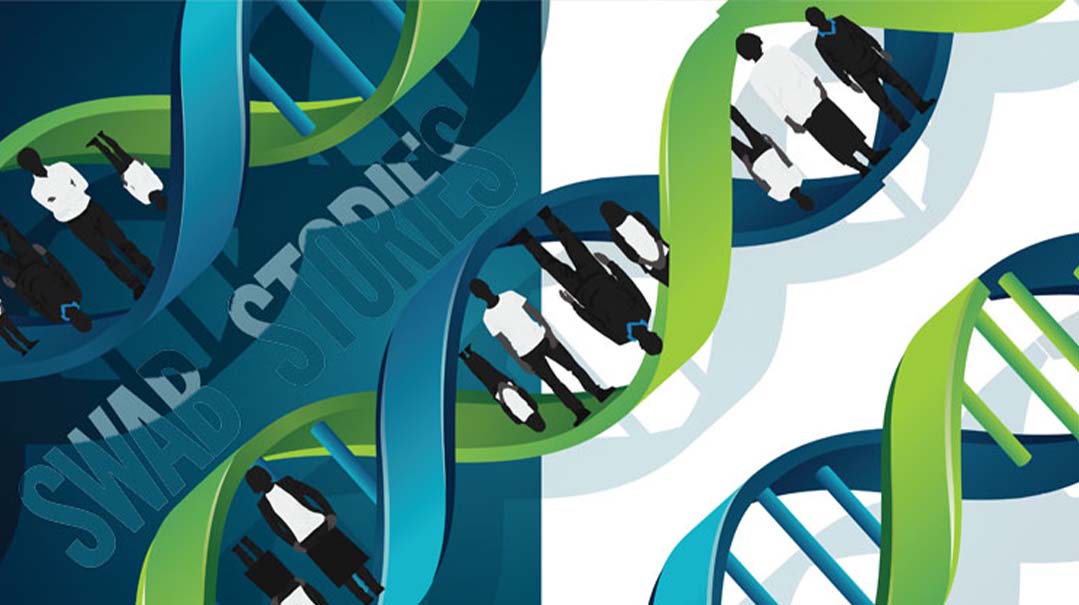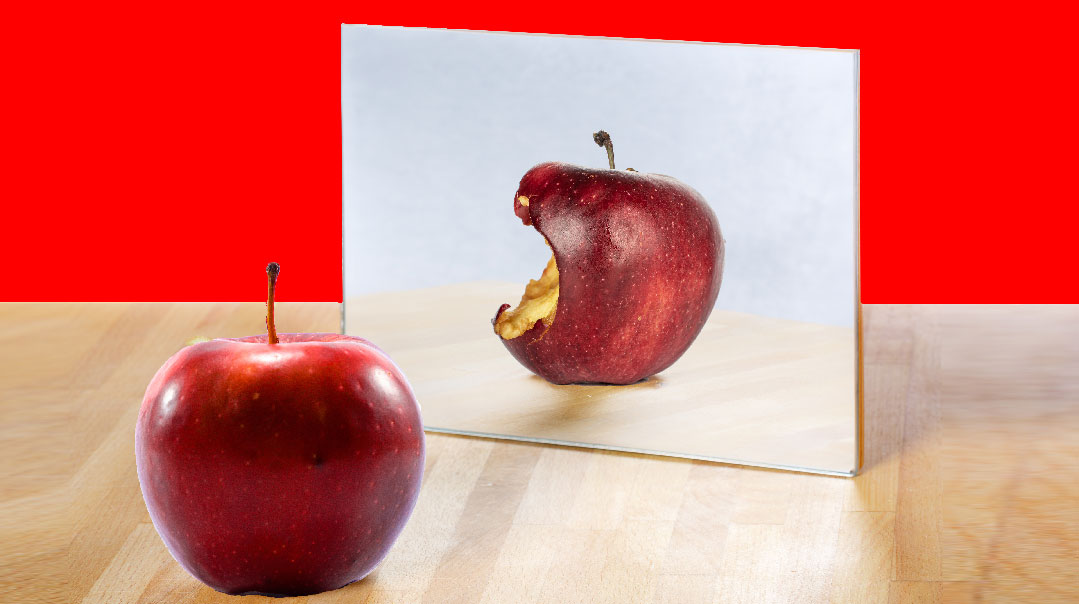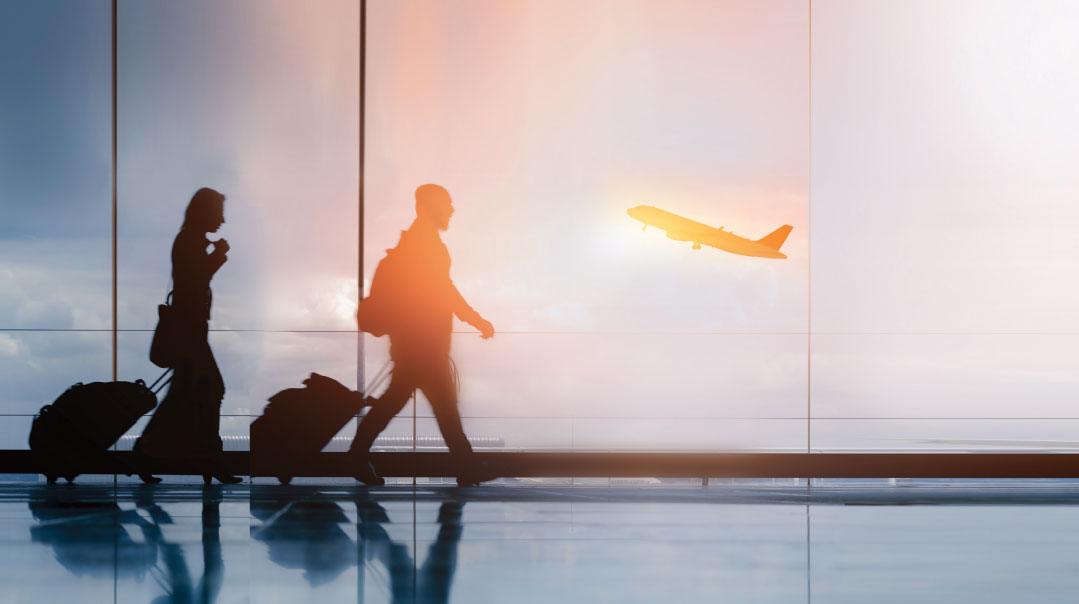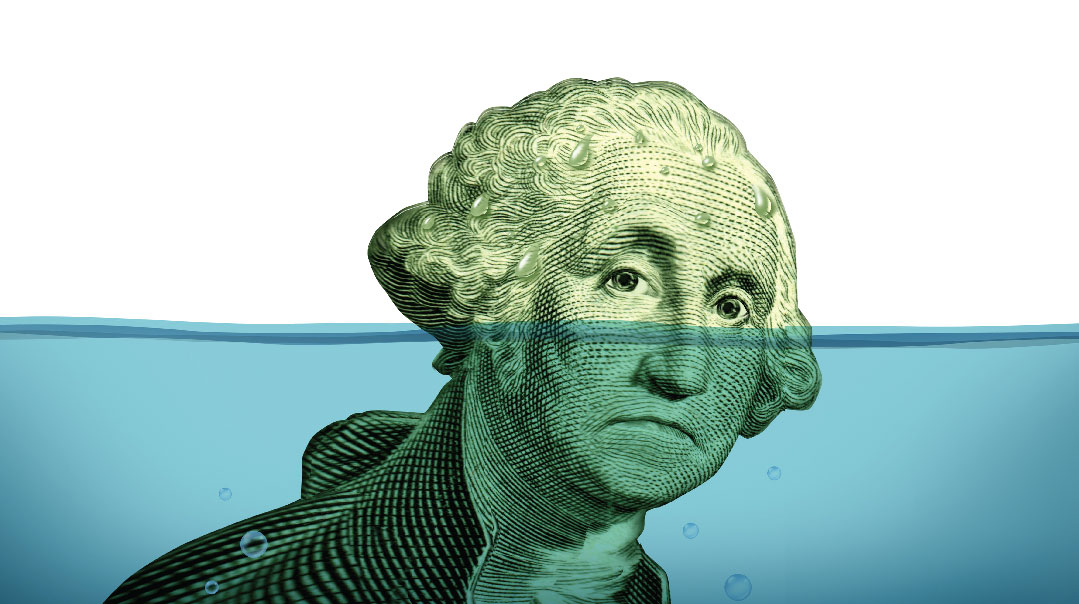Swab Stories

You may be separated by hundreds of years and thousands of miles, but DNA testing is making it possible for far-flung family members to reconnect

“Are you my mother?” asks the little bird in the eponymous P.D. Eastman children’s classic. The baby bird wanders from one animal and contraption to the next, trying to find his way back to his family.
The book became popular because children fear separation from their parents, and because everyone wants to know where they belong. The craving for family runs deep, especially in people who don’t have many relatives.
Moment editor Nadine Epstein is one of them. She writes eloquently of “familial loneliness syndrome” in an article entitled, “Jewish Genes as Time Machines.” “All family members in Europe on both sides were assumed dead at the hands of the Nazis and their collaborators,” she says. “My grandparents were young when they fled poverty, conscription and anti-Semitism… they carried with them few heirlooms or photographs, and what family history they knew they kept to themselves.”
Jewish people have pulled up their stakes every few hundred years or so, each exile cutting us off from the previous one. Yet despite these discontinuities, we’ve always attached tremendous importance to yichus and mesorah. We’re the most ancient of peoples, with a tribal past and a long memory, and an inborn sense of history and family. Is it any wonder many of us feel a tug to unearth our family histories and trace those geographical meanderings?
Ms. Epstein turned to 23andMe, a DNA-testing service, to look for lost family. She sent a saliva sample for analysis and before long was on the path to fulfilling her dream of family: The results unearthed unknown cousins from Texas to Jerusalem. Some were able to fill in long-lost gaps in her family tree. “They, along with the thousands of as-yet undiscovered genetic cousins, have turned out to be my Jewish journey — my connection to my larger family, to my people,” she says.
DNA-testing services like 23andMe have become immensely popular in recent years, and many Jews are availing themselves of the opportunity to expand their family trees and learn about their origins. For those who, like Epstein, aren’t observant, perhaps the drive to connect to Jewish family can be understood, at least in part, as an expression of the pintele Yid’s drive to connect to Judaism. It’s surely no coincidence that, as she notes, Ashkenazic Jews make up a disproportionate percentage of the databases not only for 23andMe, but rival services Family Tree DNA (FTDNA) and Ancestry.
From Documents to DNA
Not so long ago, searching for one’s family roots was an arduous process. People would travel to the villages their ancestors came from, looking in cemeteries, synagogue and civic records, ship’s logs, and army rolls. As the internet developed, many of these records were digitized, making the process vastly easier. On top of this, new genealogical companies took to the internet to assist people, often for a fee, in creating family trees and searching for lost relatives. Many of them incorporated social media-style applications to allow people searching for their roots to contact each other and widen the networks of family and information. Today, ancestry sleuths can find many rich sources of information through organizations like the International Jewish Genealogical Society and JewishGen, a subsidiary of the Museum of Jewish Heritage in New York (see sidebar).
As the internet opened up new possibilities for ancestry research, so did DNA science. The Human Genome Project, seeking to map the entire sequence of human DNA, was completed in 2003. Genetic testing had already been underway for several decades for forensic purposes and to identify genetic diseases; it was now possible to create a genetic “fingerprint” for individuals.
The process of individual DNA testing was easy enough that it was only a matter of time before sites like Family Tree DNA began inviting consumers to submit DNA samples. They would then digitize the results, using them to match people to geographic regions and people with similar genetic profiles. The services are quite affordable; many cost under a hundred dollars, but of course feature add-ons and higher levels of analysis for purchase as well. “You can choose different numbers of genetic markers to analyze,” says Brooklyn-based genealogist Sarina Roffe. “The more markers you choose, the more precise the matches will be.”
These new DNA-analysis services — Ancestry, FTDNA, Geni, 23andMe, and others — are absurdly user-friendly. Make a payment online, and they’ll send you a kit with a vial for a saliva sample. You send it back, and within a month or two the service will email you links to charts showing your genetic profile and matches to people in their database who share your DNA profile with varying degrees of specificity (parent, sibling, third cousin, etc.). Ancestry.com, for example, claims to test 700,000 locations on your entire genome, and matches them to the two million people in their database. You can elect to be in touch with your genetic doppelgangers to figure out if and how you’re actually related.
Oops! We could not locate your form.











